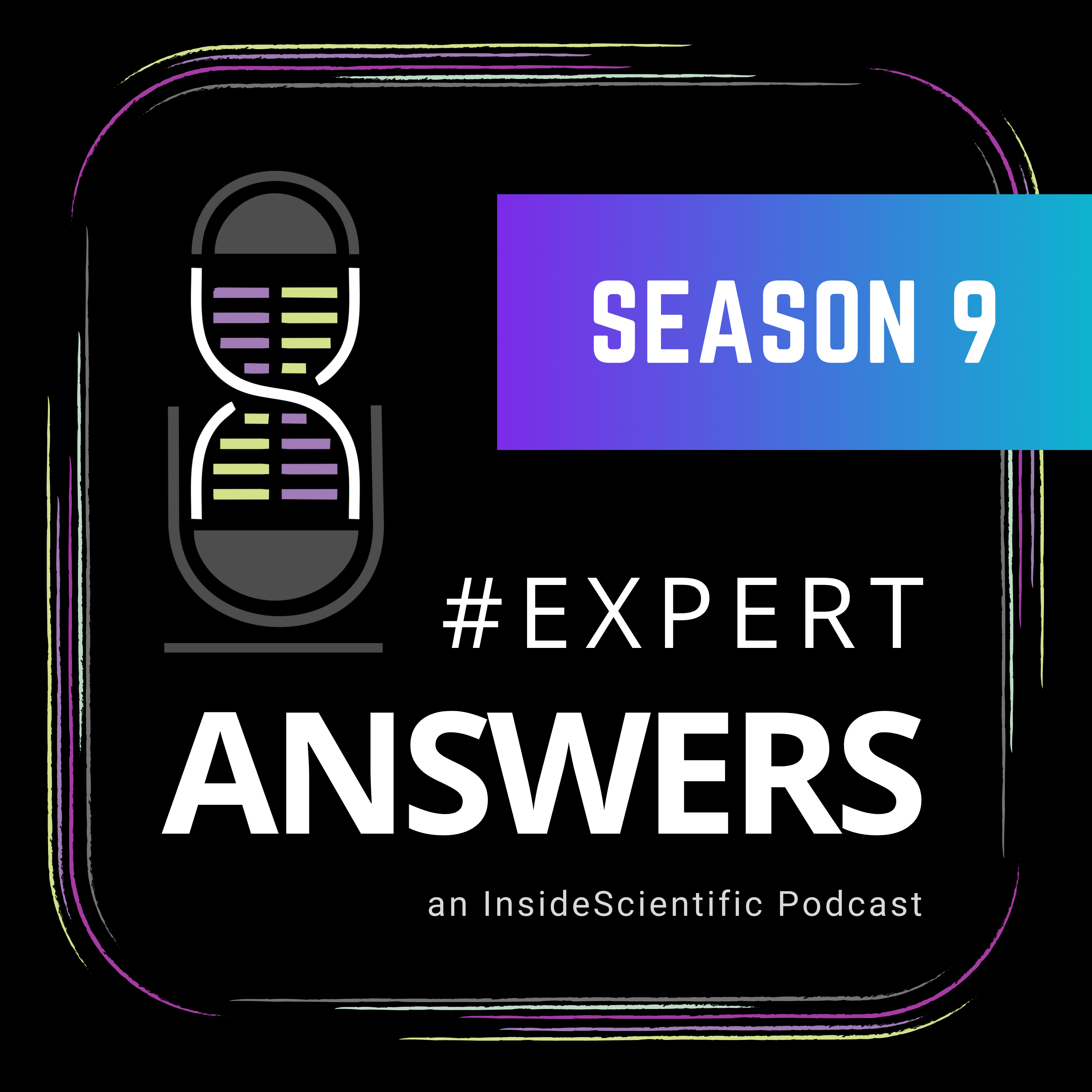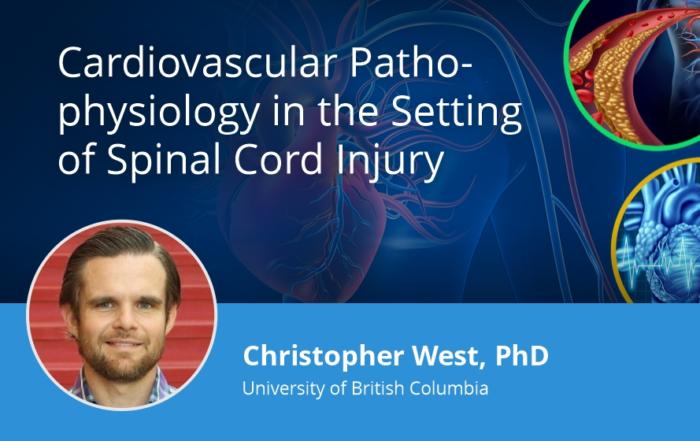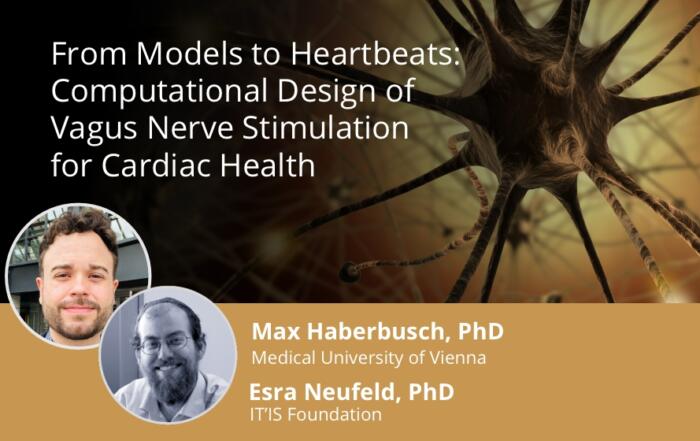In this webinar, Cole McLarty, BMSc, and Danielle Senador, PhD, introduce Transonic’s newest wireless telemetry system, provide an overview of its components, and discuss applications and support services.
Highlights
- An overview of the EndoGear system
- EndoGear’s communication infrastructure
- Options for your lab (i.e., simultaneous versus sequential measurements)
- Application design and data review
- An overview of Transonic support and surgical services
Webinar Summary
Cole McLarty begins this webinar by acknowledging that there are many high quality telemetry instruments already available on the market, but volumetric vascular blood flow is a fundamental measurement that is missing. EndoGear by Transonic is the first fully implantable, wireless pressure and flow measurement system designed for rodents that weigh 250 grams or more. Cole first provides an overview of EndoGear’s four essential benefits in this presentation before Danielle Senador discusses its applications.
“If we really jump into what makes this equipment particularly unique … is that blood flow is an essential physiological parameter. It’s a parameter that cannot be accurately interpolated without direct measurement, however.”
Transonic was founded on the understanding that accurate blood flow is a fundamental necessity for understanding hemodynamics, cardiac function, pathophysiology, and many other parameters. Despite a long history of success in chronic tethered measurements and nearly 40 years of proven biocompatibility demonstrated in thousands of publications, Transonic recognizes the inherent challenges and limitations of tethered monitoring. Taking what they learned from their tethered systems, Transonic designed EndoGear to have a lighter weight cable with application-specific lengths as well as the familiar non-constrictive perivascular design flow head with orientation options tailored to vessels and measurements of interest. Key applications include the measurement of aortic, carotid, renal, and mesenteric flows.
“Blood pressure is perhaps the most studied hemodynamic parameter in all of science.”
Researchers have many different options for their telemetry needs and pressure is a variable that is ubiquitous across the industry; every provider offers some type of pressure measurement device, though some will measure pressure in different ways. Of these methods, the accepted gold standard for accuracy and resolution is the solid-state high-fidelity catheter, which is difficult to manufacture due to its extremely small size as well as sensitive components. For the past several years, Transonic has been developing a new pressure catheter for the demands of chronic experimentation; their new Scisense catheter features a helically-wound thermoplastic shaft. A pressure conditioning enclosure is located approximately halfway up the catheter which shortens the length of the catheter material that must be inside the animal, thus preserving signal integrity. The design also features suture holes for location stability and application flexibility.
“As we move forward and look at the implant body itself, the first thing you’ll notice is a pretty dramatic size reduction in what is a very popular piece of equipment.”
Cole provides an image of an implant body beside a 400-Series Flowmeter and SP430 Pressure Amplifying Module. The implant body hosts the same type of technology as the flow and pressure meter, but is approximately 370 times smaller. These implants can be connected to one flow sensor and up to two Scisense pressure catheters with a radio frequency transmission range of approximately five to ten meters. Included with all implant variants is the infrastructure to measure the internal temperature of the animal as well as activity data.
Since continuous monitoring is usually very important for researchers in this field, the EndoGear system is powered by continuous inductive technology rather than battery. This thermally neutral technology is composed of an inductive power receiver and wireless power supply. The supply base accepts standard rat cages, and animals can be either housed individually or cohoused. Uniform power is delivered throughout the cage at all times.
Cole next details EndoGear’s communication infrastructure, which is made up of four key components. The transceiver first receives data wirelessly from the implant and communicates it through an ethernet connection with no disruption to the animal. The base station, which can be integrated with nearly all data acquisition systems, receives data and transmits commands to the transceiver so that the implant can be controlled. The multiplexer is used for sequential data collection, allowing researchers to gather data from animal cohorts one animal at a time. Lastly, the EGUI Control Hub allows for visual management and control of key implant features such as summary tabs, paired implants, and individual implant channels.
“Given the fact we’re introducing you to this new technology, we understand we’re giving you an awful lot of data pretty quickly, so hopefully these next two slides will really hammer home exactly how this is all integrated together.”
Measurements made with EndoGear can be conducted simultaneously or sequentially. For simultaneous measurements, each animal is equipped with one wireless inductive power receiver, one transceiver, and one base station; all base stations are plugged into the EGUI Control Hub, allowing for data to be transmitted from all animals at once. For sequential measurements, transceivers plug into one multiplexer, which is connected to a single base station and interacts with the data acquisition system as usual. This scenario may not be suitable for all applications such as circadian rhythm studies, but Cole stresses the importance of having different options available.
Danielle next discusses EndoGear applications and dives into the relationship between pressure and flow, which is also explained in-depth in Fiona McBryde’s webinar. The role of blood flow is to deliver nutrients and oxygen at an adequate rate between delivery and consumption. Different vascular beds supply different organs and tissues, and each bed has an individual requirement that can be independently modulated. The variables that control flow are vascular resistance and pressure.
“As a company that is dedicated to flow measurements, we have actively participated in countless studies over decades, enabling blood flow measurements in many, many in vivo models. Our legacy, of course, is based on tethered setups, but we all understand the importance of untethering the flow data.”
In theory, continuous data collection can be accomplished with tethered systems, but the data are more susceptible to animal manipulation and/or hardware connectivity issues. A pilot study was conducted using EndoGear to verify known circadian rhythms in flow, pressure, and other parameters; this experiment allowed for an indirect measurement of possible discomfort or stress associated with implantation itself that was not possible with tethered setups. Circadian rhythms were studied since they are well-known patterns that are highly susceptible to stress. The system captured discrete oscillations in flow, pressure, temperature, and activity, which were confidently correlated to known circadian patterns, and it was reasoned that chronic implantation itself produces minimal stress. Danielle further details these experimental methods and results during this presentation, and highlights that this protocol has been replicated numerous times by both academic and industry partners with surgical support from Transonic.
“Application development and training is paramount with any telemetry system but particularly one that is going to introduce a new measurement, or at least a measurement that is new to you.”
In the final portion of this webinar, Cole highlights the team of application experts at Transonic, which includes Danielle. Each expert has a doctorate in their respective fields and years of experience in chronic instrumentation and surgery. Thanks to their 40 years of flow measurement expertise, Transonic can aid clients from the beginning of application development all the way through to executing the telemetry protocol and publishing data. Partnered with this expertise is on- and off-site surgical support for all EndoGear users, which ensures that the technology is being used to its full potential. There is also ongoing and evolving support material available, including surgical videos and application notes. Cole concludes this webinar by stressing that Transonic can support the needs of both industry and academic partners.
Resources
Q&A
- What are the surgical differences in tunneling with EndoGear versus your tethered equipment in regard to the flow probe?
- Is the EndoGear implant reusable and can it be refurbished?
- Will EndoGear be offered for mice or large animals like pigs?
- Are there other sensor types like ECG or blood oxygen available?
- Can this system be used in stroke models for measuring carotid flow?
- If using the inductive power system can the animal(s) be taken out of the base to record data?
- Has anyone worked with this technology with animals that are smaller than 250 grams?
- Will it be a problem if I haven’t measured flow before with your tethered technology?
- Does the development of connective tissue between the vessel and probe affect the doppler signal?
To retrieve a PDF copy of the presentation, click on the link below the slide player. From this page, click on the “Download” link to retrieve the file.
Presenters
Director of Sales and Marketing
Research Division
Transonic Systems
Product Manager - Telemetry Research Products
Research Division
Transonic Systems Inc.













